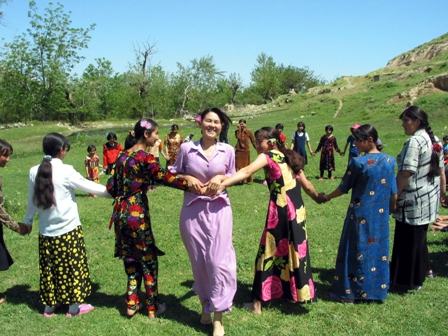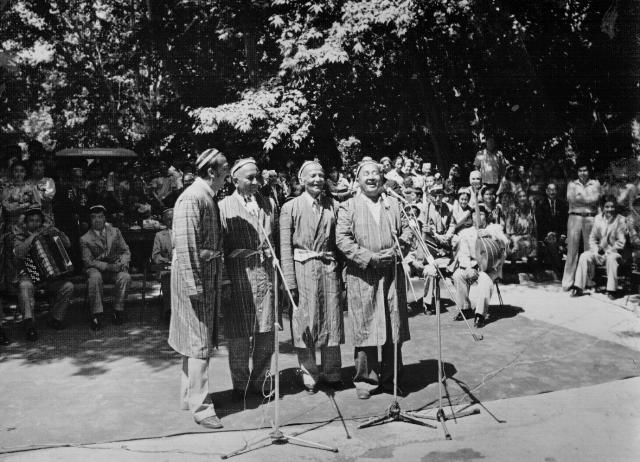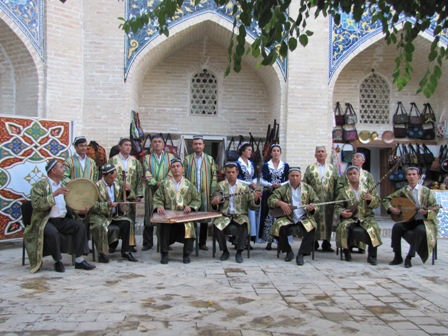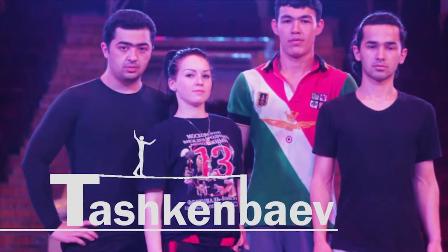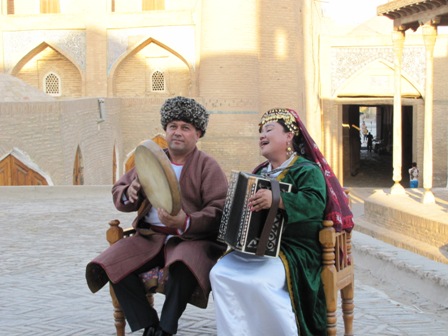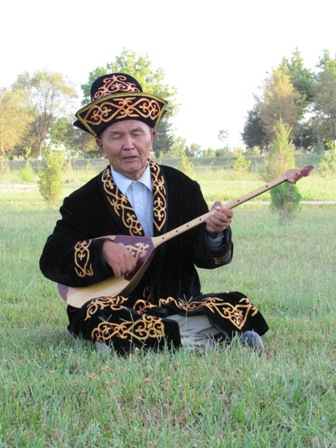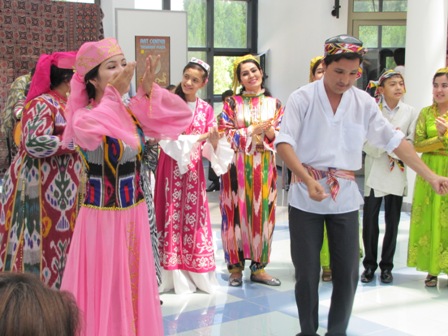Suvora
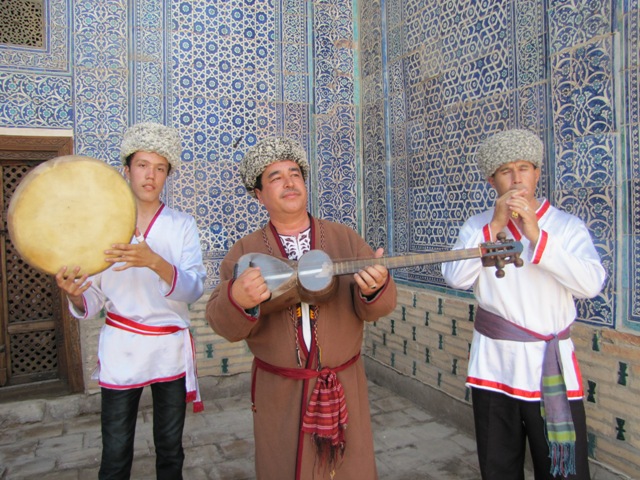
Domain: Performing Arts
Index Number: 02.03.02
Suvora (in Persian – "a horseman") is a large vocal-instrumental piece, a piece of vocal section (ashula yoli) of the cycle of Khoresm maqoms, which is widespread in Khoresm. In the past it represented one of the types of music art in Sufizm. It was usually performed on the basis of religious texts and its performers were called "guyanda" ("singer").
The term "Suvora" is derived from Persian word "suvori". According to the masters of this genre, the rhythm of suvora, its usuls of doira remind of the sound of a hoof of an ambling horse. Accordingly, some vocal and instrumental pieces, which emerged in this genre, are associated with it. At present suvora are vocal pieces, vocal-instrumental cycles, instrumental melodies as well as instrumental and vocal parts of Khoresm maqoms under the title of "Suvora". They represent in total five large vocal pieces and more than twenty variations of Savti suvora and Ufari suvora.
Vocal pieces of suvora are performed on the basis of poems of oriental poetry classics, and have lengthy, lyrical type of melody, which is based on a simple rhythm (usul) of doira of 2/4. The most ancient from among them is "Ona suvora" ("Mother suvora"; sometimes called as "Katta suvora" ("Big suvora") or "Toj suvora" ("Crown suvora")), which is performed on the basis of the poems of Mashrab and Ogahiy; and has expressive as well as emotional melody. The style of singing in suvora is solo, which is accompanied by own play on tanbur, dutar or tor together with doira. From among large and most spread vocal pieces it is possible to mention Chapandozi suvora, Yak parda suvora, Kajang suvora, Qosh (Khosh) parda suvora, Besh parda suvora. Notably, these are widespread and became very popular in the repertoires of singers of Khoresm. Savti suvora is a popular vocal piece and a cycle, consisting of 3-12 and even more parts. And in the music practice of Khoresm, Ufari savti suvora and Gul ufari savti suvora were performed next to it.
In the cycle of Khoresm maqoms, suvora are part of vocal section called "aytim yoli", and are performed after such main shubas as Tanimaqom, Talqin, Nasr. Their usuls are more complex and in terms of size represent 13/4. Besides that, in suvora simpler usuls (of 6/8, 3/4, 3/8) can be used. In large vocal cycles of suvora, after main suvora, singers usually sing by two Savt and Ufar and by so doing create a contrast between vocal parts. Usually all these parts are very emotional. It should be noted that suvora is more complex in terms of structure and development of melos; and is based on variations of initial tune (which is lengthy and lyrical) with use of culminations (audj) and chants. Instrumental suvora is also distinguished with its original melos and usuls (for instance, Suvora I-III).
Vocal and instrumental pieces of suvora for surnay became widespread in the Ferghana Valley.
In the XX century famous singers and bastakors created vocal pieces of suvora as well. For instance, Suvorai Komil (its author was famous singer Komiljon Otaniyozov), Suvora Qorchmoni (author – Khojikhon Boltaev), Sovora Indamas (author – Quvondiq Iskandarov), Gojayi Suvora (author – Ozod Ibragimov), Nim parda Suvora (author – Rakhmatjon Qurbonov), etc. Suvora is included in the repertoires of famous singers as Khojikhon Boltaev, Komiljon Otaniyozov, Madraim Sherozi, Otajon Khudoyshukurov, Quvondiq Iskandarov, Matnazar Khudoynazarov, Rahmatjon Qurbonov and others. In particular, the repertoire of Khojikhon Boltaev includes 50 vocal pieces of suvora.
It became a tradition to organize various competitions on suvora performance (called "Diyralashma") among singers. In accordance with the rules of such competitions, singers should sing based on a single melody (often it is Savti suvora) but using various poetic texts. Notably, these days it is possible to observe creation of contemporary interpretations of suvora, which are suitable for variety direction (for instance, pieces created by Oghabek Sobirov, Olmas Allaberganov and others).





